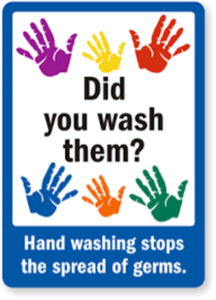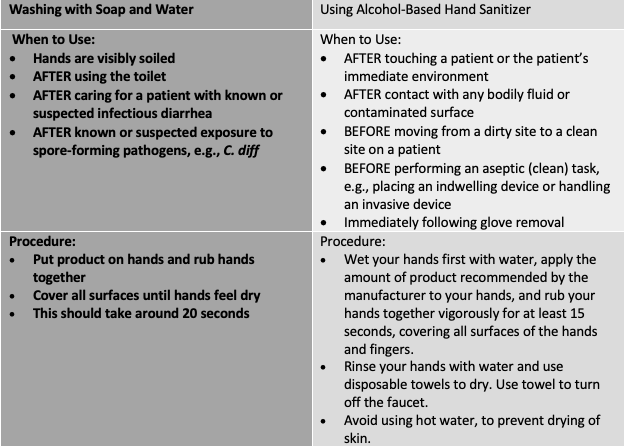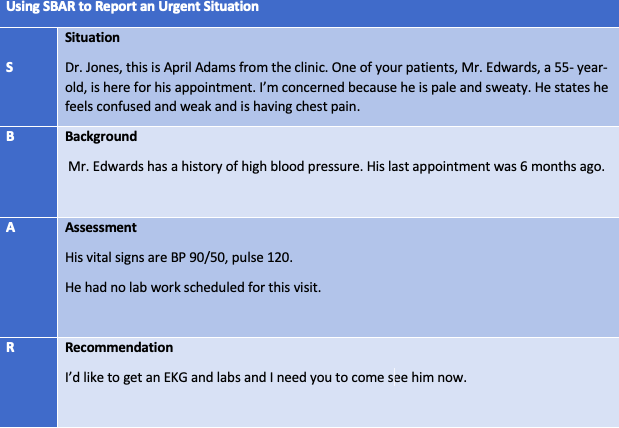For this month’s blog, I’m going to focus on a topic that we don’t often like to talk about in health care – process standardization. Despite its success in other industries, process standardization in health care has been a challenge. However, a growing body of literature illustrates that when processes vary, not only do patient outcomes suffer but safety may be compromised. In 2014, the World Health Organization (WHO) launched a global patient safety initiative called the High 5s project in an effort to jumpstart the development and implementation of Standard Operating Protocols (SOPs) in health care with the goal of improving safety in health care.
Ensuring safety is not limited to the individual responsibility of caregivers. Safety depends on the processes and systems in place within the practice setting, e.g., a hospital, a clinic, or in the home, etc. Organizational culture IMPACTS patient safety. It’s time to design processes in health care using safety science.
For example, a basic practice in every aspect of health care is hand hygiene. In 2020, we heard a lot about hand hygiene as we dealt with the coronavirus and this continues today. Handwashing may sound simple, but hand washing in health care is serious business.

In health care, hand hygiene requires a standardized approach to ensure that all caregivers and team members perform it in the same manner. The table below outlines the two recommended methods for performing hand hygiene, when caregivers and other team members should do this, and the procedure.
Hand Hygiene in Health Care Settings

Another example revolves around communication. Communication errors are common in all health care settings and are almost always a contributing factor in adverse events including events that result in harm. One easy-to-remember communication tool is SBAR – Situation, Background, Assessment, Recommendation.
Using this tool, standardizes the way information is presented to another person. SBAR is useful in any conversation, but especially in situations where immediate attention and action are required. Using this tool helps to clarify what is being communicated between team members. An added benefit is it also helps with developing teamwork. Ensuring clear and complete communication goes a long way to create a culture of safety.
What using SBAR looks like

In order to eliminate preventable harm, we must practice what we preach. I challenge you and your team to make one change in in your everyday practice. Implementing one (or both) of these standardized processes can help make EVERY DAY A SAFE DAY!
If you have any questions about implementation or need additional safety protocols, contact us today. We are always happy to help!
Author: Tracy Chamblee, PHD, APRN, PCNS-BC, CPHQ, CPPS
Clinical Executive